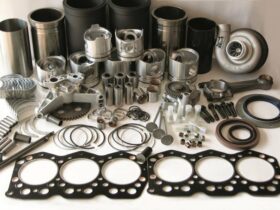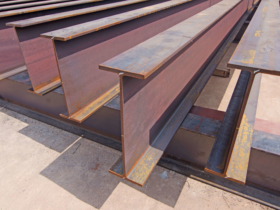Such a fungal disease as a late blight is known to every gardener. Too many troubles, she causes owners of personal plots. Tomatoes, potatoes, eggplants are most susceptible to late blight. With the advent of dark spots on the foliage and stems of dark spots, the plants begin to dry, and the fruits blacken and rot.
To protect the future crop, it is necessary to take preventive measures. Since the phytopher is a representative of fungal diseases, it is not easy to get rid of this misfortune, her spores can be infected with seeds, soil of the site, even the construction of a greenhouse.
Processing of seed, containers and greenhouses
Before planting, agricultural technicians are recommended to disinfect seed material, for example, by a very weak solution of manganese at the rate of 1 g of powder per 100 ml of water. Soil, containers (boxes) for future seedlings should also be processed and only, then proceed to sowing seeds.
When tomato seedlings are already ready for planting in the ground, you should take care of the cleanliness and disinfection of the greenhouse and inventory.
The greenhouse, first of all, must be cleaned of last year’s debris and dirt, all its surfaces should be as clean as possible. As disinfecting solutions, you can use drugs of chemical or natural origin:
Bordeaux mixture;
Copper sulfate diluted;
broth or infusion of needles.
When using the proposed funds, it is possible to successfully prevent not only the appearance of late blight, but also the boils, powdery mildew, gray rot, rust.
Choice of the site
Choosing a plot for tomatoes is best well -lit and ventilated, with a moderate degree of acidity. If the soil needs to be introduced, then this should only be done in small quantities. In areas with a high content of lime of the phytopher, it appears much more often.
It is known that the spores of the fungus prefer raw, moist places. Therefore, when planting the finished seedlings in a greenhouse, a greenhouse or open soil must adhere to landing schemes in order to prevent the thickening of landings. Greenhouses need to be constantly ventilated.
In order for tomatoes to grow strong and healthy, and do not become a victim of late blight, they should be fed with nutrient microelements (manganese, potassium, iodine), phosphorus and potassium fertilizers throughout the season.
Phytopharyosis prevention tools: seedlings and fruiting plants
To combat late blight, tomatoes are sprayed with various solutions and biological products. Since tomatoes are eaten, the desire of gardeners to use the most harmless and harmless, but biologically effective means is understandable for these purposes. Here are the simplest and most proven from them:
A solution from the infusion of garlic and potassium permanganate. Preparation: 100 g of cloves or garlic leaves first crushed well, the resulting mass is poured with a glass of water. After a day, the infusion is filtered and diluted with water (10 l), then 1 g of potassium permanganate is added to the contents. Processing can be carried out often, with an interval of 12-16 days.
Milk with the addition of iodine. First, 1 liter of milk is added to a 10 liter bucket with cool water (necessarily degreased), then 10 drops of iodine are administered there and the solution is mixed. Spraying is carried out twice, repeated treatment of tomatoes can be carried out in a couple of weeks.
Laulus serum, diluted in equal proportion with water, is considered an excellent remedy against the appearance of late blight. Tomatoes can be processed already in early July.
One cup of ordinary table (not iodized) salt is stirred until a complete dissolution of 11 liters of water. Squeezing a solution of water and salt once a month spray quite large, but still immature fruits of tomatoes.
At the beginning of flowering, it is recommended to treat the plant with copper sulfate, for the solution it is enough to take 2 t. l. Sulfuric salt per 10 liter container with water.
With the slightest signs of the appearance of late blight, you can use a solution of ordinary yeast. Proportion: 100 g of bakery yeast per 10 liters of cold water.
There are also many chemicals to combat late blight. Basically, these are small toxic substances (chemicals of the 1st and 2nd class of toxicity are excluded). Despite this, when applying them, you need to adhere to recommendations for dosage, frequency and processing methods.
Thus, you can cope with the insidious late blight of tomatoes, only from the beginning to the end to observe all the requirements for its prevention.













Оставить коммент.